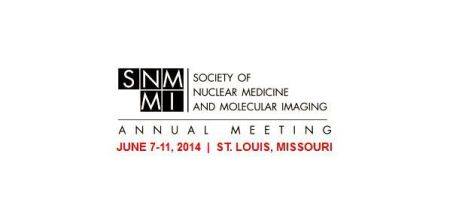In a world premiere at this year’s annual meeting of the Society of Nuclear Medicine and Molecular Imaging, scientists have presented a state-of-the-art molecular imaging system that combines a variety of five molecular imaging modalities in one hybrid device.
The innovation integrates single photon emission tomography (SPECT), positron emission tomography (PET), X-ray computed tomography, fluorescence and bioluminescence imaging. These powerful imaging modalities offer a variety of information concerning both of a body’s anatomy and physiological processes within.
This multimodality system improves optical data interpretation and details drug distribution via SPECT or PET information, while bioluminescence and fluorescence differentiate additional tumor properties. Clinicians can use the tracer developed with the system as surgical guide.
Frederik Beekman, PhD, head of radiation technology and medical imaging and a professor at Delft University of Technology in the Netherlands’ Delft, explained that it was the team’s aim to uncover a maximum of information as possible pertaining to a tumour. He was confident their research had proven that gathering comprehensive date from five medical imaging systems in one single scan was indeed possible, and with just one dose of anesthesia in a minimally invasive way at that.
Built on a small scale for preclinical studies, the Opti-SPECT/PET/CT allows scientists to gather information in a variety of ways: high resolution nuclear medicine (SPECT and PET), radiological (CT) and optical imaging (fluorescence and bioluminescence). Organ function, structure and real-time physiological signals revealed within the light spectrum become available in a synergistic fusion of state-of-the-art medical imaging equipped with high-performance cameras and an on-board dark room. Potential uses of the molecular imaging platform could include new drug discovery, in particular for intraoperatively-used imaging agents required for patients undergoing cancer surgery.
The team of researchers tested the device by first imaging models, then mice in multiple studies. They used a fluorescent dye optical agent and a nuclear medicine imaging agent that combines a radioactive particle with a chemical drug compound. When injected, this agent focuses on and interacts with specific bodily functions, this is when it imaging takes place. That function is angiogenesis, or the development of new blood vessels, frequently propagated during tumour growth.
The imaging system’s functionality was confirmed in the study’s findings, which also proved that it was comparable to other add-on imaging platforms for preclinical studies.
Scientific Paper 484: Matthias van Oosterom, Rob Kreuger, Wendy Mahn, Frederik Beekman; RDM, Delft University of Technology, Delft, Netherlands; Tessa Buckle,Anton Bunschoten,Fijs Van Leeuwen, IMI, Leiden University Medical Center, Leiden, Netherlands; Lee Josephson, Massachusetts General Hospital and Harvard Medical School, Boston, MA, “Opti-SPECT: Preclinical module for integrated bioluminescence, fluorescence and radionuclide imaging,” SNMMI’s 61th Annual Meeting, June 7–11, 2014, St. Louis, Missouri.
Latest Articles
Imaging, PET, CT scans, SNMMI, SNMMI 2014, SPECT, multimodality
In a world premiere at this year’s annual meeting of the Society of Nuclear Medicine and Molecular Imaging, scientists have presented a state-of-the-art...



























